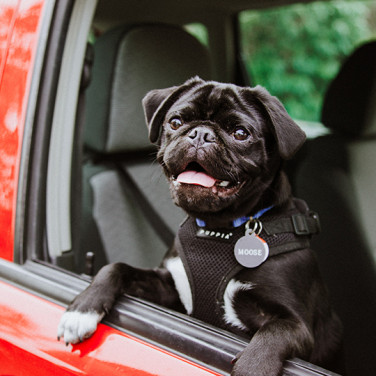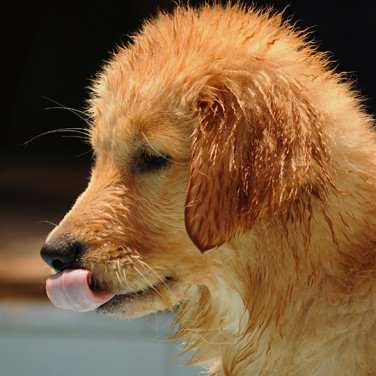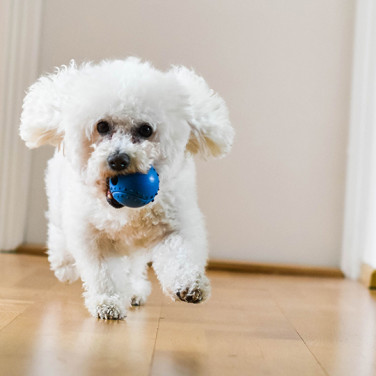ARTICLE
Puppy Crate Training - How-To Guide and Pro Tips For Pet Parents
페이지 정보
본문
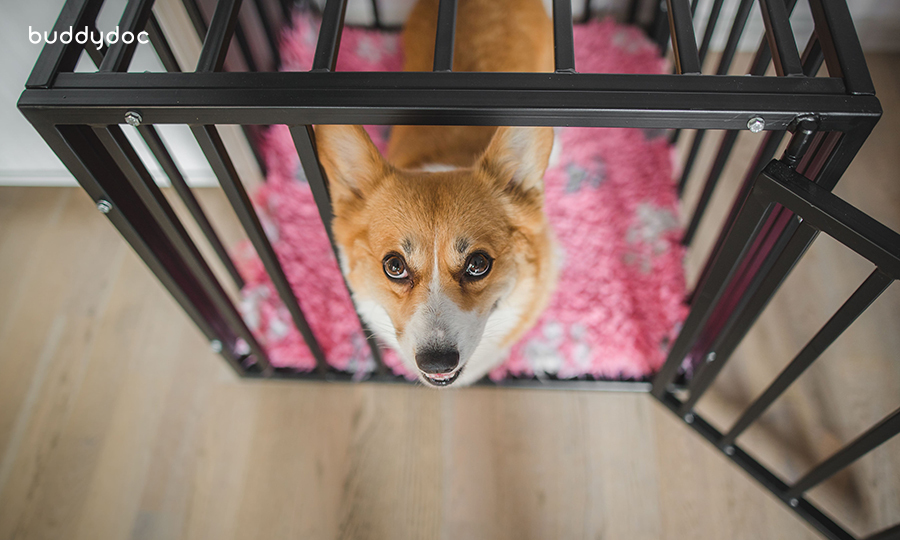
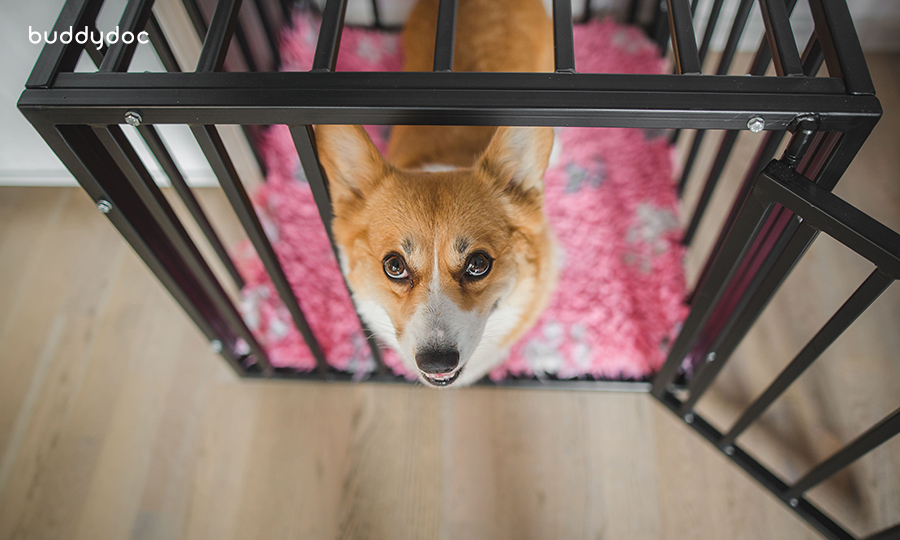
Why crate train your puppy at an early age
Crate training is an essential skill to teach your puppy or dog, providing them with a safe and secure space while offering numerous benefits for both you and your pet. In this article, we will explore the step-by-step process of crate training a puppy or dog at any stage of their life. From the basics to frequently asked questions about crate training a dog, we will offer our best insights and tips for success.
The benefits of crate training a puppy
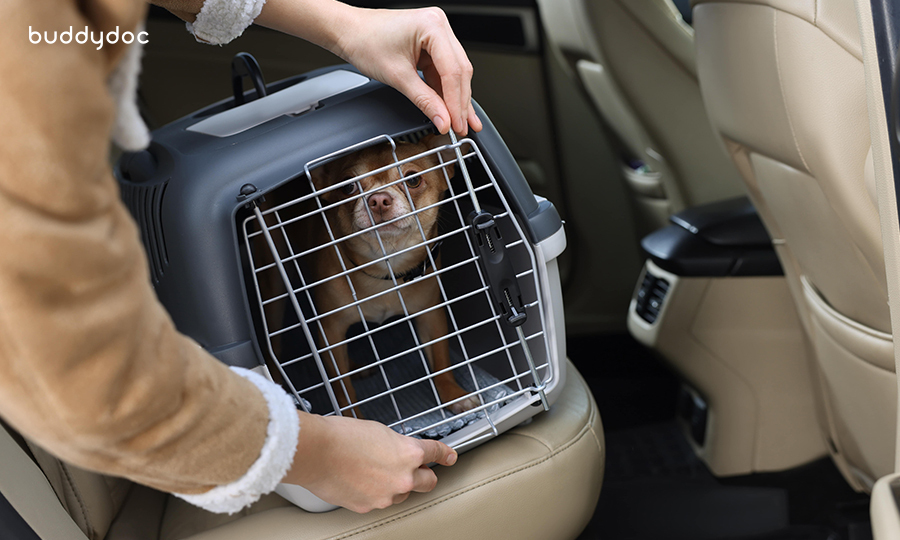
Crate training your puppy from a young age offers several benefits that contribute to their overall well-being and behavior, such as preventing accidents, reducing separation anxiety, and instilling a sense of security in your pet. Dogs are den animals by nature and crate training can provide that sense of security. Providing a safe recovery space for your dog at an early age can help teach them to be more independent. The crate is where they know they are safe and feel comfortable if and when anxiety hits. Crate training aids in housebreaking by teaching puppies to hold their bladder and bowels. Dogs naturally avoid soiling their sleeping area, which encourages them to develop good bathroom habits. Lastly, it can drastically improve the veterinarian visit routine, as they are familiar and comfortable with being inside their crate when it comes time to move them in a car.
What you will need to crate train a puppy
First things first, you will need the right crate for your pup. The first decision is to pick between a plastic or a wire crate, both types are fairly similar and provide the same level of comfort for most dogs. The benefit of a wire crate is that you may purchase the size suitable for your dog’s breed when they are an adult, and customize the size with a divider for your growing pup. Speaking of, you will want to pick the right size crate for your dog. The best way to judge that is by measuring your pup’s height and length and choosing a size that will fit their body with a little wiggle room. You do not want to give them too much space to pee or poop on one side and move to the other side unbothered. You also do not want to choose a small crate, as you want them to have enough room to comfortably stand tall, turn around, and lay flat.
Other supplies you will need to crate train your puppy
-
Bedding
You will want to line your crate with bedding to keep your dog nice and comfortable. Start with a thinner dog crate mat for crate training puppies, dogs that have not been housetrained yet, and older dogs, as it will make it much easier to tell if your dog has an accident in the crate at a quick glance. Once your dog is familiar and comfortable with their crate training, you can move on to the more plush and various types of bedding for their crate.
-
Treats
Their favorite snacks or treats are a very important step in their crate training process, to positively reinforce that only good things happen inside their new crate. We recommended using small and healthy treats that you can share a few throughout the training process without feeling guilty.
-
Toys
Toys are a great tool for tiring out your energetic little pup when it's time to chill out in their crate. A toy left inside their crate can provide your puppy with enough distraction to help keep them busy until they grow tired and fall asleep.
How to crate train a puppy - step by step
The steps below are meant to be followed in steps and should take as long as your puppy needs to become comfortable with their new resting place. The most effective strategy for crate training your dog is to give ample time for them to associate their crate as a safe and secure resting spot.
-
Introducing the crate to your puppy
Place soft bedding, toys, and treats inside the crate to create a positive association. Leave the door open initially, allowing your puppy to explore the crate at their own pace. Place a treat inside the crate and praise your puppy when go inside to eat the treat. Allow them to enter and exit freely, making sure they feel comfortable and safe. This stage is purely to let them investigate and create their own associations of safety and comfortability. If they are a bit more hesitant than what you were expecting, reward and praise every step they take toward the crate.
-
Practice closing the door with your puppy
Beginning with short durations, once your puppy is comfortable entering the crate, gently close the door while they are inside. Keep it closed for just a few seconds initially, then immediately open it and offer praise and treats. Over several sessions, gradually increase the time the door remains closed. Start with a few seconds, then progress to 10 seconds, 30 seconds, and so on. Always reward your puppy with treats and praise when you open the door. You will want to stay close to the crate to reassure your puppy at all times during this step of training. Sit or stand next to the crate, offering verbal reassurance and keeping them company. If at any point your dog expresses any signs of stress, such as whimpering, barking, pawing at the crate, etc., let them out and comfort them and stop the process for a little bit before continuing their training.
-
Practice closing the door and stepping away briefly from your puppy
Once your puppy is comfortable with the door closed for longer durations, take a small step away from the crate. Maintain visual contact and stay within their line of sight. If your puppy remains calm, return to the crate within a few seconds and open the door. Offer praise and treats as a reward for their patience and calm behavior. Gradually increase the distance you step away from the crate, always monitoring your puppy's response. Return to them quickly and reward their calm behavior each time. With the aid of toys as a distraction, you will want to be able to leave the room the crate is in entirely before your dog notices. Listen carefully for any signs of stress, such as barking or whimpering, and come back to let them out.
-
Gradually increase your time away from your puppy
As your puppy becomes more comfortable and relaxed in the crate, start increasing the time you spend away from them. See how your dog reacts when you leave for one minute, then five minutes, then 10 minutes, and so on. Provide interactive toys or chew treats to keep your puppy engaged and occupied while you are away. This helps them associate the crate with positive experiences. Each time you return to the crate, offer praise, treats, and affection as a reward for their good behavior. This reinforces the positive association with the crate. You may be shocked at how quickly your pet will seem comfortable in their new crate and soon enough you will come back from running an errand to see your pup resting inside it.
Crate training pro tips
From some frequently asked questions to tips to help you with the crate training process.
Crate training at night
When it comes to crate training at night, it's important to establish a positive association with the crate consistently as soon as possible. For puppies that are below 6 months of age, a full night's sleep without a potty break may not be possible. You will have to give them a few breaks until your puppy has developed better control of their little bladders.
How long can a puppy hold their pee?
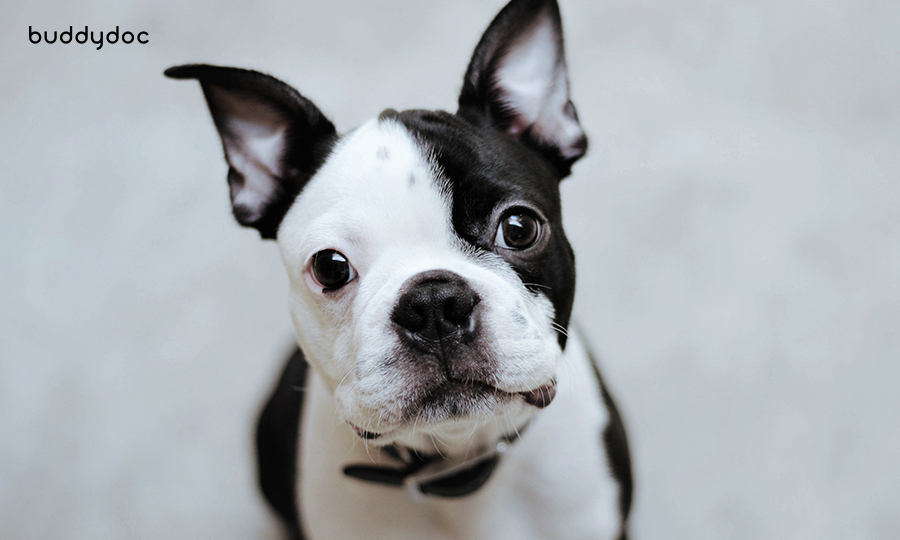
A general rule of thumb for judging how long a puppy can hold their pee is one hour for every month of age, but only after 3 months of age. A puppy before 12 weeks of age does not yet have great control of their tiny bladder yet. Follow the timeline to ensure that your puppy does not have any accidents during training.
| 8-10 weeks | Every 30-60 minutes |
| 10-12 weeks | Every 2 hours |
| 12-16 weeks | Every 3-4 hours |
| 4-6 months | Every 6 hours |
How long does crate training take for a puppy?
The duration of crate training for a puppy can vary depending on several factors, including the individual puppy's age, temperament, previous experiences, and consistency in training. While some puppies may quickly adapt to the crate within a matter of days, others may require several weeks before feeling comfortable and secure inside the crate. The importance is ensuring the training is always associated with something pleasant and positive.
Conclusion: Puppy crate training
Crate training is a valuable skill for any puppy or dog, providing them with a safe and secure space while offering numerous benefits. By following the step-by-step approach outlined in this guide, you can successfully crate train your puppy and set them up for a lifetime of positive behavior and well-being. Remember, patience, consistency, and positive reinforcement are essential throughout the crate training process. Never use the crate as a form of punishment, and always ensure your puppy has regular breaks for exercise, playtime, and bathroom needs. Gradually, your puppy will view the crate as a safe and comfortable space, promoting their well-being and providing you with peace of mind.
Read more on the Buddydoc blog page!

Buddydoc provides a weekly updated blog to keep you informed on the latest and best ways to prepare and take care of your pet all year round. Check out more articles you may be interested in!




